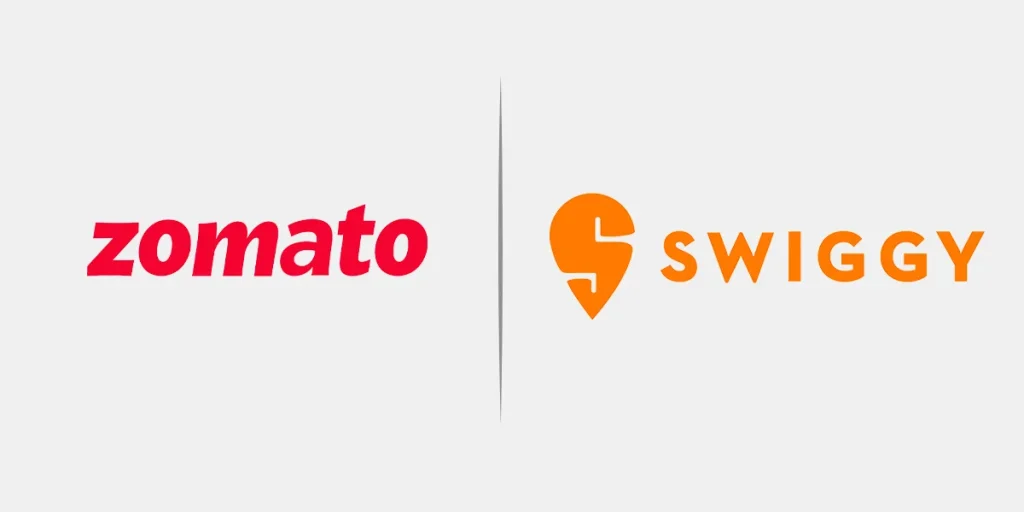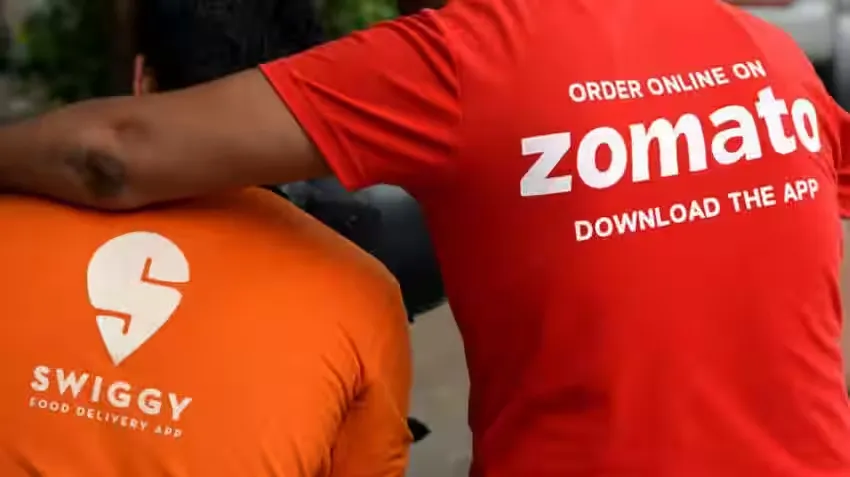Swiggy is gearing up for a ₹10,000 crore IPO, poised to become India’s largest initial public offering by a new-age company after Paytm. This move not only signifies a significant milestone for the Bengaluru-based startup but also marks its aggressive intent to dominate the rapidly expanding quick commerce market.

Funding Focus: More Than Just Food Delivery
While Swiggy aims to enhance its food delivery service, a substantial portion of the raised funds will fuel the growth of its quick commerce arm, Instamart. With Zomato already well-established in the space following its acquisition of Blinkit, competition is heating up as Swiggy seeks to bolster its market presence and financial backing.
The Shift from Kiranas to Quick Commerce
The rise of quick commerce is challenging India’s traditional kirana stores, which number around 12 million. Platforms like Blinkit, Instamart, Zepto, and Big Basket offer competitive prices, often 10% to 15% lower than local shops, encouraging consumers to shift their shopping habits. Sahil Barua, CEO of Delhivery, notes that quick commerce is mainly affecting kirana stores, rather than e-commerce or direct-to-consumer businesses.

Zomato’s Quick Commerce Surge
Zomato, founded in 2008 by Deepinder Goyal and Pankaj Chaddah, has seen significant growth in its quick commerce vertical, Blinkit, contributing to its first-quarter earnings for FY25. With a gross order value of ₹4,923 crore, Blinkit has recorded a 130% year-on-year increase, driven by a shift in consumer behaviour. CEO Albinder Dhindsa has ambitious plans to expand to 2,000 dark stores by the end of 2026, further solidifying Zomato’s market position.
Can Fresh Funds Revitalise Swiggy?
Swiggy, co-founded by Lakshmi Nandan Reddy, Rahul Jaimini, and Sriharsha Majety in 2014, is anticipated to bring in vital capital through its upcoming IPO, which will be critical for scaling operations and competing against Zomato. Analysts express strong interest in Swiggy, citing its potential for significant growth and improved margins. However, Swiggy faces challenges, with Zomato currently leading in scale, being 90% to 95% larger in quick commerce and 25% to 30% larger in food delivery.

The Rise of a Duopoly?
As Swiggy and Zomato grow, there are concerns that their dominance could create a duopoly in the quick commerce and food delivery sectors, potentially limiting consumer options and affecting pricing and service quality. While both companies have reshaped the market, a lack of diversity among providers may impact long-term user experience.
Quick Commerce: The Next Big Growth Driver
Quick commerce is projected to be the main growth engine for both Swiggy and Zomato, with the sector expanding at a rate of 60% to 80%. As established e-commerce companies explore quick commerce offerings, Swiggy’s IPO will likely shake up the landscape, increasing competition with Zomato.

Key Comparisons: Swiggy vs. Zomato
Recent reports highlight three critical areas where Swiggy lags behind Zomato:
- Operational Metrics: Swiggy’s food delivery business is still in the turnaround stage, with negative EBITDA for FY24 compared to Zomato’s near ₹1,000 crore adjusted EBITDA.
- Growth in Quick Commerce: Zomato’s Blinkit has significantly outpaced Swiggy’s Instamart in growth and gross order value, with Zomato’s contribution margins showing a positive trend.
- Cash Reserves: Zomato holds a considerable cash advantage, with ₹12,241 crore compared to Swiggy’s ₹5,446 crore at the end of FY24.
Future Prospects
With Swiggy’s IPO set to raise ₹10,000 crore, including ₹3,750 crore from a fresh issue of shares, the company is well-positioned to challenge Zomato’s lead. However, Swiggy must navigate its current losses and work towards improving profitability to satisfy investor expectations.
As the competition heats up, the quick commerce sector stands at a pivotal juncture, with both companies vying for market dominance. How they navigate this evolving landscape will shape the future of consumer shopping in India.
